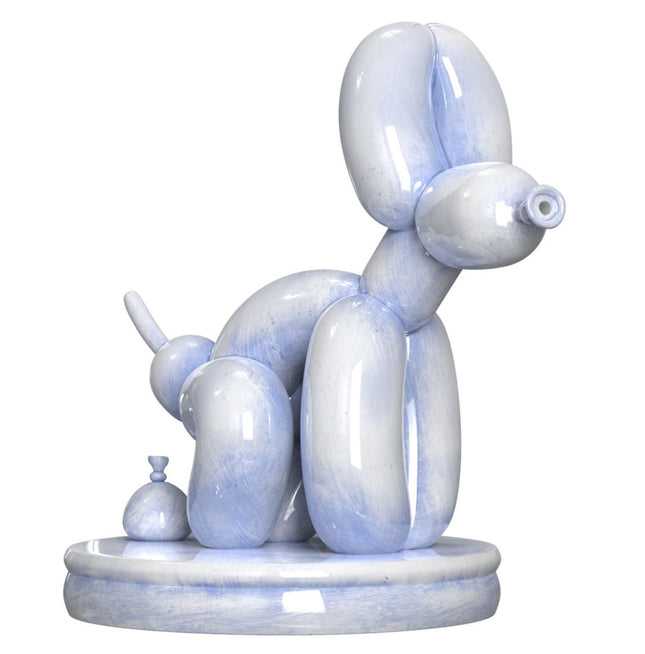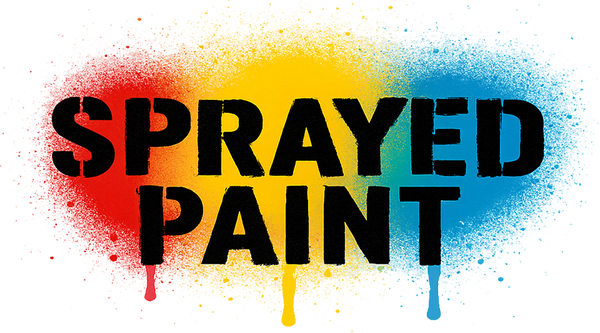Jeff Koons is a highly influential and controversial American artist known for his work in various media, including sculpture, painting, and installations. Born on January 21, 1955, in York, Pennsylvania, Koons studied at the Maryland Institute College of Art in Baltimore and the School of the Art Institute of Chicago. Koons first gained recognition in the 1980s with his series "The New," which featured vacuum cleaners encased in Plexiglas cases, emphasizing the role of consumer goods in contemporary society. He is perhaps best known for his "Balloon Dog" sculptures—large, stainless steel works resembling inflatable balloon animals, which have become iconic symbols of his art. Other notable series include "Banality," "Celebration," and "Antiquity." Throughout his career, Koons has explored themes such as mass culture, consumerism, and the interaction between high art and everyday life. His work is characterized by its slick, polished aesthetic and its incorporation of popular culture imagery and objects. Critics have both praised and dismissed Koons's work, with some viewing it as a commentary on contemporary society and others regarding it as superficial and kitschy. Despite the controversy surrounding his art, Koons has achieved significant commercial success, with his works fetching record-breaking prices at auction. In 2013, his "Balloon Dog (Orange)" sold for $58.4 million, making it the most expensive work by a living artist at the time. In addition to the series mentioned previously, Jeff Koons has created several other notable bodies of work throughout his career, including: Equilibrium (1985): This series features basketballs floating in equilibrium within tanks filled with water and a saline solution. The works are meant to symbolize the balance between life and death, as well as a sense of unattainability, as the equilibrium is temporary and fragile. Made in Heaven (1990-1991): Perhaps one of Koons's most controversial series, "Made in Heaven" features sexually explicit photographs and sculptures of Koons and his then-wife, Italian porn star and politician Ilona Staller, also known as La Cicciolina. The series aimed to explore the themes of love, beauty, and acceptance, but it sparked significant controversy and polarized critics. Easyfun-Ethereal (1999-2000): In this series, Koons created large-scale paintings by digitally collaging images of food, landscapes, and people. The works evoke a sense of playfulness and sensory pleasure, while also commenting on the artificiality of modern life. Popeye (2002-2011): This series includes sculptures and paintings that incorporate images and objects from the popular Popeye cartoon, as well as other toys and everyday items. The works often feature a mix of inflatable objects and cast aluminum, playing with the idea of materiality and value. Gazing Ball (2013-present): In this ongoing series, Koons places blue, reflective gazing balls on or beside reproductions of famous artworks and everyday objects. The gazing balls serve as a way for viewers to see themselves in the art, encouraging contemplation and self-reflection. Jeff Koons's work has been exhibited in major museums and galleries worldwide, and he has received numerous awards and honors. While his art continues to spark debate, there is no denying the significant impact Koons has had on contemporary art and popular culture.




